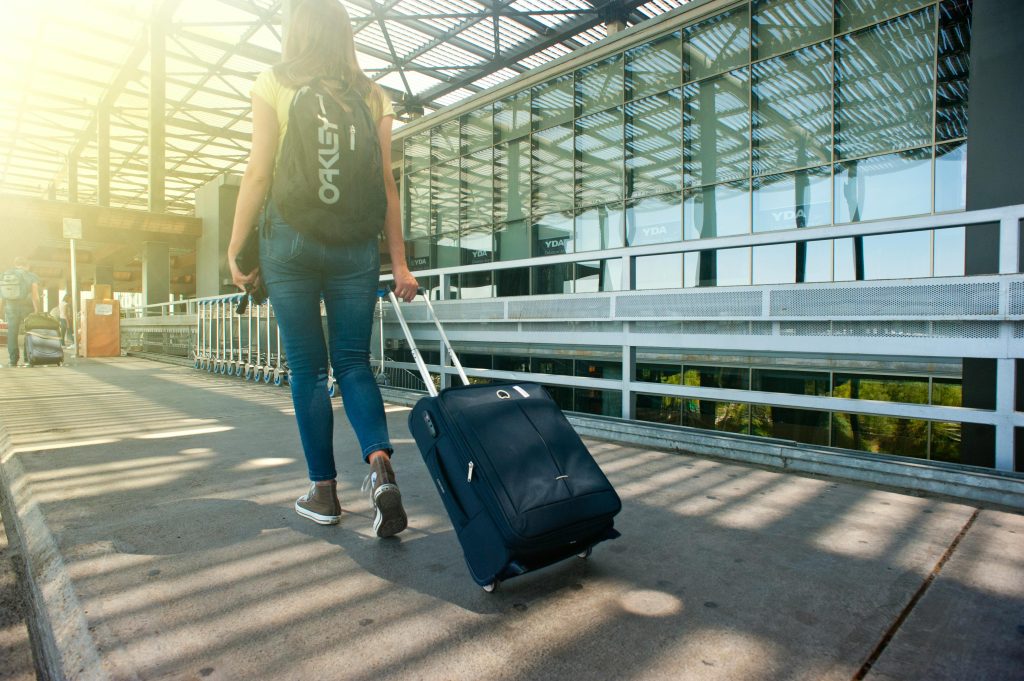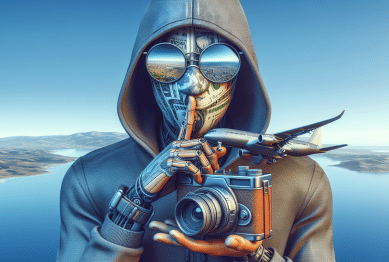In an era where remote work isn’t just accepted but celebrated, more creatives and professionals are learning how travel boosts creativity and new perspectives. Whether you’re a freelancer hopping between cafés or working from exotic beaches, this article explores how travel—in particular the rise of digital nomadism, workations, and immersive creative travel—can fundamentally reshape how you think and innovate.
Travel boosts creativity and new perspectives by pushing your brain into novel environments, exposing you to diverse cultures, and helping you mentally step away from routine. The result? A boost in cognitive flexibility, fresh connections between ideas, and deeper self-reflection.

The Science Behind Travel and Cognitive Flexibility
Cognitive flexibility is the brain’s ability to adapt to new, changing, or unexpected events. According to a 2019 study published in Frontiers in Psychology, people who have lived abroad demonstrate higher levels of creativity and problem-solving skills due to their exposure to different cultural norms and perspectives.
When you travel, your brain is forced to navigate unfamiliar environments, languages, and social cues. This constant adaptation trains neural pathways that are crucial for creative thinking. Dr. Adam Galinsky, a social psychologist at Columbia Business School, emphasizes that “foreign experiences increase both cognitive flexibility and depth and integrativeness of thought.”
Key Points:
- Immersive travel enhances neuroplasticity.
- Exposure to diverse cultures sharpens problem-solving abilities.
- Novel experiences stimulate creative cognitive functions.
Emerging Trend: Workcations and the Digital Nomad Lifestyle
One of the hottest trends reshaping how travel impacts creativity is the rise of “workcations” and digital nomadism. As remote work becomes normalized, professionals are combining work with extended stays in new locations, allowing them to break free from routine and tap into new creative energies.
According to a 2023 report by Harvard Business Review, companies are increasingly supporting flexible work arrangements, understanding that employees who experience different environments often return with innovative ideas and fresh perspectives.
Benefits of Workcations:
- Breaks monotony and inspires fresh thinking.
- Encourages blending work tasks with cultural exploration.
- Provides a reset button for mental clarity and focus.
How Cultural Immersion Sparks Innovation
The key to travel’s creative boost lies in cultural immersion—engaging deeply with the local customs, traditions, and daily life of a place. A shallow, touristy experience won’t yield the same cognitive benefits as fully immersing yourself in a new culture.
Cultural psychologist Michele Gelfand’s research highlights how exposure to “tight” and “loose” cultures—those with strict norms versus more permissive societies—broadens one’s mental schema, promoting more innovative and divergent thinking. For example, understanding the collective mindset in Japan can sharpen collaborative skills, while experiencing the individualism of the U.S. can enhance assertive problem-solving.
Practical Steps for Cultural Immersion:
- Stay in local neighborhoods instead of tourist districts.
- Participate in community events or workshops.
- Engage in conversations with locals about their daily life.
The Role of Discomfort in Enhancing Creativity
An often-overlooked factor in how travel enhances creativity is the role of productive discomfort. Navigating a foreign subway system, ordering food in an unfamiliar language, or adjusting to a different pace of life disrupts habitual thought patterns, forcing you to think differently.
A study from The Academy of Management Journal (2021) revealed that employees who had international work experience demonstrated more innovative solutions to complex problems compared to their domestically-focused counterparts. The discomfort of unfamiliarity teaches resilience, adaptability, and lateral thinking—all key ingredients for creativity.
Digital Detoxing While Traveling: A Hidden Advantage
While it’s tempting to remain tethered to devices even while abroad, there’s an emerging trend of intentional digital detoxing during travel to amplify creative benefits. Disconnecting from constant notifications allows the brain to enter a state of default mode network (DMN)—a mental state associated with introspection, idea incubation, and enhanced problem-solving.
A 2022 report by Psychology Today emphasizes that downtime away from digital inputs during travel enables deeper reflection, which is essential for creative breakthroughs. Simple practices like journaling, mindful walking, or observing your surroundings can cultivate mental clarity and idea generation.
How to Structure Travel for Maximum Creative Gain
To truly leverage travel for gaining new perspectives and enhancing creativity, it’s essential to approach it with intentionality. Here’s a practical guide:
1. Plan for Purposeful Disconnection
- Allocate time for offline activities.
- Choose accommodations without excessive digital distractions.
2. Set Learning Goals
- Decide on one cultural or historical element you want to understand deeply.
- Document observations that challenge your preconceived notions.
3. Balance Structure and Spontaneity
- Schedule key activities but leave room for unplanned exploration.
- Follow local recommendations instead of travel apps.
4. Reflect and Integrate
- Maintain a travel journal focusing on lessons and insights.
- After returning, look for ways to apply these insights to personal or professional projects.
The Future of Creative Travel: Microadventures
A rising microtrend within the travel-creativity nexus is microadventures—short, local trips designed to bring novelty without the logistical demands of international travel. Popularized by adventurer Alastair Humphreys, microadventures challenge the notion that creativity-boosting travel requires extensive time or financial investment.
A weekend camping trip, a bike tour of nearby regions, or a day spent in a different part of your city can all disrupt habitual routines and foster fresh perspectives.
Conclusion: Travel as a Creativity Multiplier
Travel isn’t just a leisure activity—it’s a structured, experiential form of learning that rewires your brain for adaptability, empathy, and innovation. Whether through extended digital nomad journeys, culturally immersive workcations, or small-scale microadventures, travel offers a reliable pathway to enhance creativity and gain fresh perspectives.
In a world that increasingly values original thinking, making travel an intentional part of your personal development strategy is no longer optional—it’s essential.
References:
- Galinsky, A., & Maddux, W. (2019). Cultural Experiences and Cognitive Flexibility. Frontiers in Psychology. https://www.frontiersin.org/articles/10.3389/fpsyg.2019.01126/full
- Harvard Business Review. (2023). How Remote Work is Redefining Creative Thinking. https://hbr.org/2023/04/how-remote-work-is-redefining-creative-thinking
- Psychology Today. (2022). The Creative Benefits of Digital Detoxing. https://www.psychologytoday.com/intl/articles/the-creative-benefits-digital-detox









